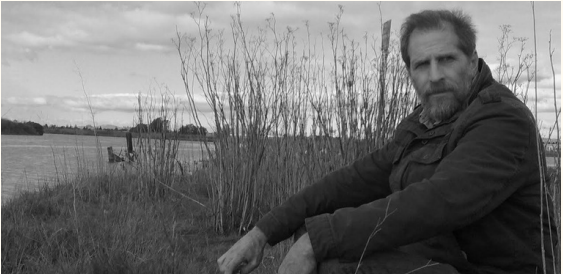Citizens for Change
- Student Journalist
- May 25, 2023
- 3 min read
The main roads of Hyderabad with tall glass and concrete buildings lining the road, with malls, hotels and office spaces in them, pedestrian walk ways and well paved roads are all part of an image crafted to amuse the visitor. But what one sees on turning into one of the by alleys of the main road, is something entirely different. The road is rather bumpy, on both sides of the street-buildings that once stood high and mighty are run down and on the verge of collapse. There are garbage dumps surrounded by swarms of mosquitoes ready to charge at the person who manages to overcome the foul and putrid smell of the dump, which permeates a large radius around it and street-side vendors have managed to secure a little more than a shed and a wooden platform to aid them in their work. This scene makes for a rather dull backdrop for a city revered as the city of pearls.
Over the years, as Hyderabad grew from the Nizam capital on the banks of the river Musi to the modern metropolis it is today, an onslaught of people from all over the region and the rest of India emigrated to Hyderabad. Offices and residential complexes sprang up and so did street hawkers - to satisfy the needs to the many people who came in. A lot of this activity was clustered in the centre of Hyderabad, which led to the region having many multi-use blocks, making it a spot for many street entrepreneurs to set up shop,
resulting in an overall degradation in the quality of the street. Efforts are being made by the municipal corporation to better plan the city's expansion in the south-west. This has come at the cost of neglect of the central region, which is a hub of activity.
Meri Gulli Meri Shaan is an organization that is hoping to change the tumble-down landscape of many of the streets of the older parts of Hyderabad. The co-founder of this organization is an architect by profession and believes that "art has the power to really lighten up a place". The organization is completely self funded and employs architecture students studying in Hyderabad to fulfil its goal.
In the winter of 2016, the organization took up the project of improving a street in the Somajiguda locality. The co-founder Shweta Balasubramoni said "This street was of a particular significance to me because it was where I and many of the volunteers worked". After having selected the screen they proceeded to understand the concerns of all the stakeholder groups in the street including the residents, the kindergarten school, the auto drivers and street hawkers prior to documenting the street and making plans.
In a period of one month, the organization was successful in creating a separate auto stand; they had painted many of the walls with abstract art and images of movie actors in an effort to prevent public urination and sticking of advertisement posters on the walls. They cleared up garbage dumps, provided dust-bins next to every hawker and even created a no-smoking zone. One of the street vendors noted "the project has helped in increasing revenue".
This model was successful in its aim of making the residents proud. But after about a year, as the paint faded, the street went back to its old avatar. This points to the fact that this model requires constant maintenance to succeed. In principle, the model can be replicated in any neighbourhood whose residents want to make a positive impact on their street and can be used as a community building exercise. But, the cost of painting and re-painting the street can be significant - which all communities may not be able to afford.
Meri Gulli Meri Shaan's work goes to show the transformative power of art. Shweta noted "Support from the municipal authorities will go a long way in helping expand our outreach and making more citizens proud of the neighbourhood they live in"
Written by Arjun Rao

This solutions-focussed article has been written by a student journalist as part of the April'23 cohort of the Re-Imagining Program.



Comments